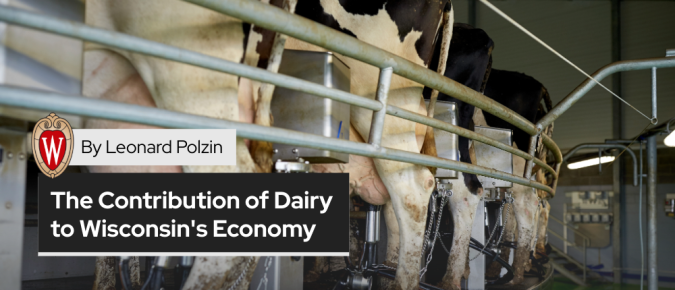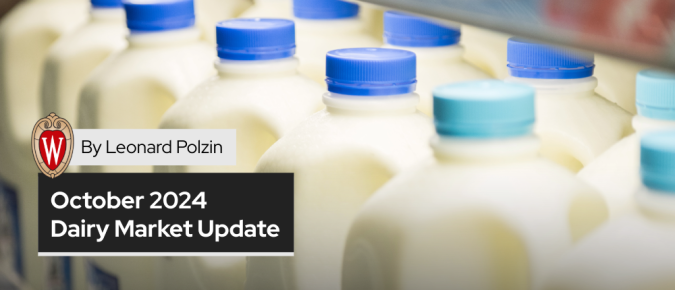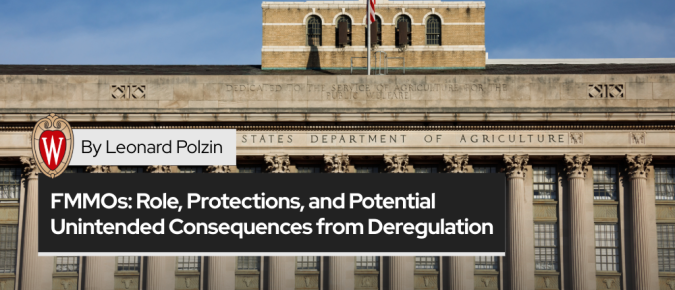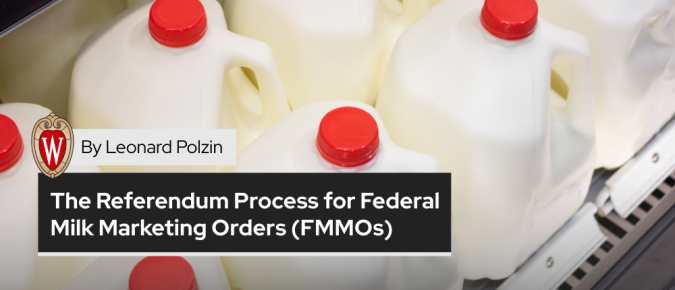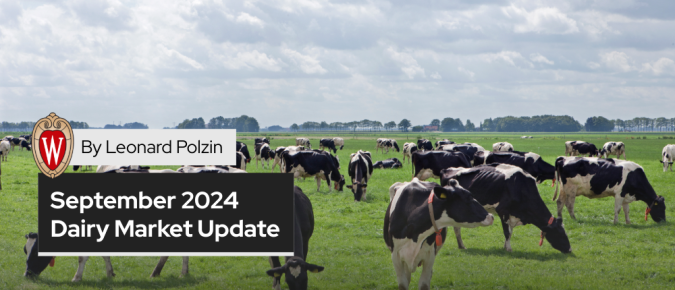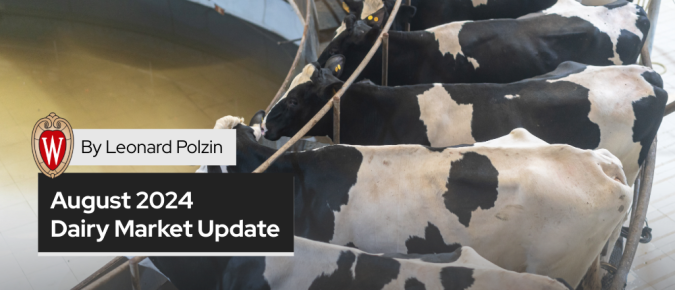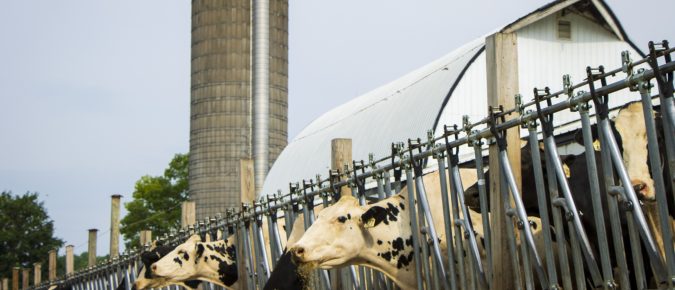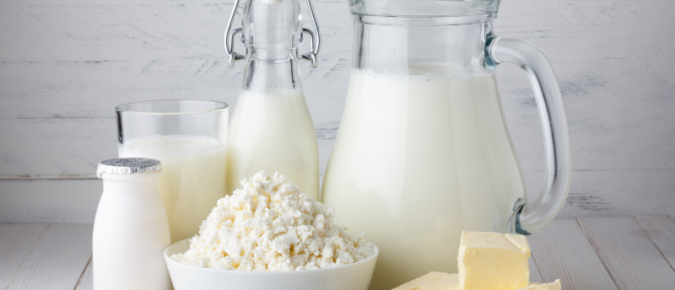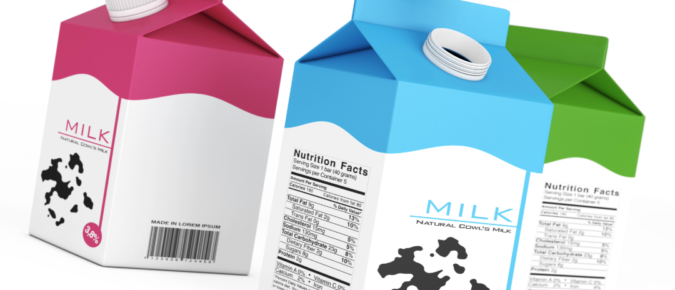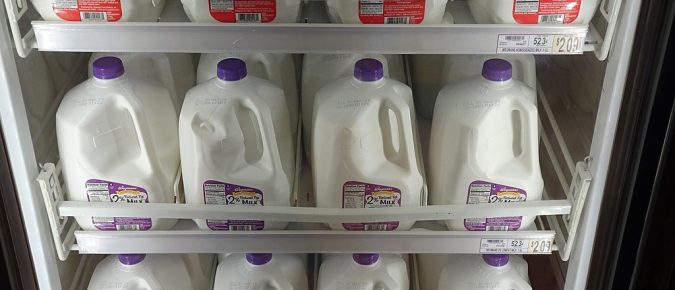Table of Contents Introduction This factsheet summarizes the full agricultural contribution report of Dr. Steven Deller, Community Economic Development Specialist within the UW-Madison, Division of Extension. The report focuses on agricultural sectors highlighting their contributions to employment, industrial revenues, and environmental impacts. Key Contributions of Agriculture to the Wisconsin Economy (2022) Category Industrial Revenue (Billion […]
Table of Contents Introduction This fact sheet summarizes the key findings from the report analyzing the contribution of the dairy industry to Wisconsin’s economy using census data from 2022. It covers economic contributions, employment trends, historical shifts, and regional impacts. Key Economic Contributions (2022) Metric Value % of State Total Industrial Revenues $52.84 billion 6.5% […]
The ‘European Green Deal’ (EGD) is a comprehensive and some say ambitious policy initiative launched by the European Commission. Its overarching goal is to make Europe the first climate-neutral continent by 2050, promoting a sustainable and inclusive economy.
This article summarizes key concepts of the currently proposed changes to Federal Milk Marketing Orders (FMMOs) as industry stakeholders seek to modernize pricing structures to better align with current production costs and consumer demand.
The dairy industry is currently navigating a complex set of fluctuating domestic demand signals, with week-to-week shifts ranging from “steady” to “strong” to “so-so.”
Table of Contents Introduction This article examines the role of Federal Milk Marketing Orders (FMMOs) in protecting farmers and introduces the idea of potential unintended consequences that could arise if these orders were voted out. FMMOs are rules and regulations administered by the United States Department of Agriculture (USDA) that establish provisions dairy processors/handlers must […]
The Federal Milk Marketing Order system plays a critical role in promoting orderly marketing conditions within the U.S. dairy industry. A key feature of this system is the producer approval process, or referendum, which allows dairy producers to vote on changes or amendments to FMMOs.
In August and September 2024, global feed prices experienced a downward trend, driven by improved production conditions and enhanced market competitiveness. This report details the recent changes in feed prices, explores their underlying causes, and provides forecasts based on the discussion at the 2024 IFCN Dairy Researchers Meeting.
Prices have remained stable and are expected to continue this trend into the fall and the rest of the year. Butter prices, along with slightly constrained milk supplies, have contributed to supporting farm-level prices. Although demand remains steady but unremarkable both domestically and internationally, it continues to absorb market supply. However, any decline in demand or increase in milk supply could exert downward pressure on prices as we move into the early part of 2025.
Numerous supply constraints and varying demand factors currently shape the industry. Milk production, feed prices, geopolitical developments, and environmental conditions are the major factors influencing milk prices during the first quarter of 2024.
Increased efficiency at the farm level has muted the milk supply response as traditionally measured by cow numbers. We have seen milk supplies slowly tighten through the first half of 2024 and might be seeing signs of tightening supplies at the processor level.
The U.S. dairy market is potentially at a turning point, marked by reduced culling, stable cheese inventories, and rising butter stocks. Improved milk prices and strong export performance offer some optimism.
This update aims to provide stakeholders with a comprehensive overview of the current market conditions, facilitating informed decision-making in the dairy sector.
This presentation given for Hoard’s Dairyman provides an overview of dairy markets, examining recent trends and future directions dairy demand and pricing could go.
The House of Representatives cast votes on the Whole Milk for Healthy Kids Act (House Resolution 1147) . Whereas, the bill revised requirements for milk distribution under the National School Lunch Program, managed by the Department of Agriculture (USDA).
There is typically a 3-5% increase in milk and butter sales in the United States during the fall months, compared to the summer period. This rise is largely attributed to the holiday season, with November and December witnessing a significant surge in dairy product purchases.
Understanding the proposals is critical for informed participation in the hearing process, effective advocacy, and the strategic planning of various stakeholders in the U.S. dairy industry. Testimony is in progress by subject area, in the following order proposal wise classified on the basis of
The farm bill is an omnibus, multiyear law that governs an array of agricultural and food programs. It provides an opportunity for policymakers to comprehensively and periodically address agricultural and food issues. In addition to developing and enacting farm legislation, Congress is involved in overseeing its implementation.


